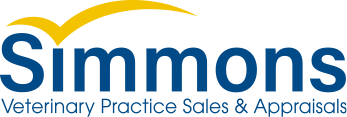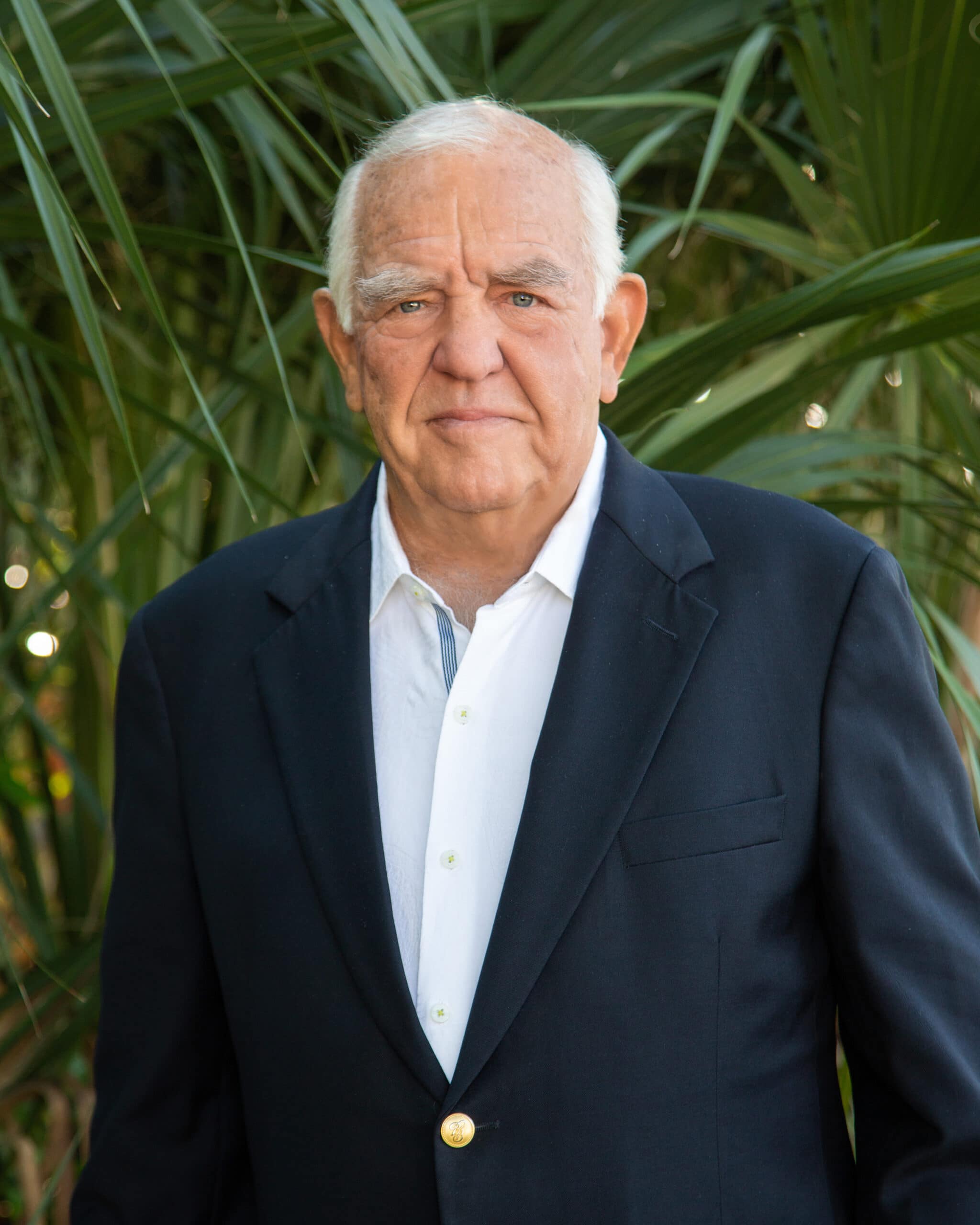by Doyle Watson, DVM | Co-founder and CEO, Simmons & Associates, Inc.
Has the time come when we, as veterinary practice appraisers and brokers, should reconsider the parameters of fair market value for the general small animal practice?
For the past several years, corporate America has told us so, and now the commercial lenders are beginning to expand their coffers.
Over recent decades, veterinary practice lenders, brokers and investors have discovered the relative asset safety in owning a veterinary practice. At less than ½ of 1%, the loan default rate, according to Small Business Administration (SBA) data, is almost non-existent (a remarkable testimony to our profession). Practice ownership demand is high, and availability is low. And the veterinary profession is very resistant to recessionary forces.
Considering these influences and today’s corporate consolidation incursion, coupled with relaxed commercial lending policies in private fair market sale transactions, veterinary practice owners and we as veterinary practice appraisers and brokers are entering into an era when we should rethink the current paradigms of practice value and sale price-to-gross ratio.
In the late 1970’s the Veterinary Economic formula was introduced as an income approach to practice valuation. In its simplest form, it was suggested by formula that a general small animal practice was worth 5 times earnings. Since then, it has become the statistical norm that, all factors considered, the general small animal practice is typically worth somewhere between 4 and 6 (Capitalization rate of 25% to 18% rounded) times EBIDTA (Earnings before interest, depreciation, taxes and amortization). Although actual sale statistics verify these multiples pursuant to formula, those same stats were created and validated by us, the appraisal and brokering industry, since the late 70’s. Restated—Valuations and sale prices were structured around these multiples then entered into the archives of statistics. So, the sales stats have preserved the formula, which in turn has perpetuated the stats.
Although this is a reliable, objective valuation method, the market has changed, and it is time we rethink and augment this approach.
While the concept of income capitalization is the proper valuation methodology for most practices, it is the high capitalization rate (low multiple of earnings), the limitation of price-to-gross ratio, and disregard to Adjusted Net Cash Flow that warrant reconsideration under current circumstances. There are 5 reasons for this:
Market competition:
As we all know, corporate America has discovered the investment security of our profession and are paying EBIDTA multiples of approximately 8 to 18 (Cap rates 12% to 6% rounded) for premium high-grossing practices, again with outliers on both ends. With these multiples, it is difficult for the practice owner to reject this kind of return on investment. Interestingly the corporate consolidators are paying these prices and still able to report an attractive profit to their investors and shareholders. As unpleasant as it may be for many, it is difficult for the private owner of a premium practice prudently to resist the financial windfall and sell at the industry’s historical fair market value of 4 to 6 times EBIDTA.
Build-up method of valuation:
This is a method used by practice appraisers (and other industry business appraisers) which takes into consideration various risk factors to calculate an income capitalization rate specific to the subject practice. Without going into the detail, if we consider the risk factors involved, we see that the risk of veterinary practice ownership has decreased significantly. Therefore, and an investment in many general small animal veterinary practices warrants a lower rate of return on investment, less than 18% in many cases (higher EBIDTA multiple), i.e. a higher value.
Decreased risk:
With readily available commercial lender and SBA data, lenders are recognizing the low risk of goodwill (intangible) lending to veterinarians and are now offering significantly improved lending amounts and terms. This makes it easier for the veterinary associate to purchase a practice, even at a higher EBIDTA multiple. This lower risk of investment warrants a lower rate of return (higher EBIDTA multiple), i.e. a higher value.
Financing term influence:
Additionally, the limitation of price-to-gross ratio to a percentage of gross should be eliminated. As for fair market value, it largely has to do with capitalized EBIDTA. As to actual price, lenders and the transaction parties are involved at this point, and it all has to do with Adjusted Net Cash Flow. Simply, Cash Flow is the total amount of money that is available for the owner to draw from the practice and spend at the owner’s discretion. Cash Flow includes owner’s compensation, perks, fringe benefits, capital expenses, and other non-operating expenses such as depreciation and amortization. A healthy Cash Flow is about 30% of gross. Lenders will ensure that the practice Cash Flow is adequate to service the buyer’s acquisition debt and personal life-style requirements and still have a contingency reserve. They have specific criteria for this as an earnings-to-debt service ratio (“E/DS”). If the E/DS exceeds their requirement, and all other factors such as buyer credit, practice strength, etc. fall into place, they make the loan. If not, they will not. Lenders today are beginning to disregard a maximum price-to-gross ratio if all else qualifies.
Benefits to the potential buyer:
From a buyer’s perspective, there is more to practice ownership than Return on Investment. One is the lifestyle, autonomy and pride of ownership. Another is the personal after-debt income available in almost all transactions whereby a buyer’s personal income increases significantly (often double or more) with ownership, and with hardly any personal down payment, if at all. Lastly is the equity from mortgage retirement and asset growth over time. It is all these attributes and more that matter to a buyer and inspire ownership, even if the price is a bit higher and return on investment a bit lower.
For all the reasons mentioned herein, my beckon to the veterinary practice appraisal and brokering industry is to acknowledge our past and reassess our future paradigm of veterinary practice valuation and pricing structure to enhance and properly reward private ownership. And to the lending industry, to follow the lead of visionary lenders and relax lending policies. Accordingly, it is my hope and expectation that private ownership becomes more available to associate veterinarians.



